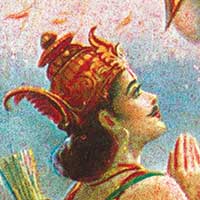
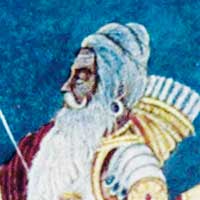
Arjuna and Dronacharya
c. 3000 bc, Hastinapura
In the Mahabharata, the Pandava prince Arjuna finds himself opposing his onetime tutor Dronacharya in a dynastic struggle. Convinced by the god Krishna that defeating Dronacharya benefits the greater good, a reluctant Arjuna tricks Dronacharya into thinking his son has been killed in order to make him surrender.


Seneca and Nero
c. 50–65, Rome
When Nero ascends to the Roman throne, he chooses his former rhetoric tutor Seneca as a leading adviser. After Nero attempts to have his own mother killed, Seneca tries to withdraw from public life, but Nero does not allow him to retire; when an assassination plot against Nero is discovered, Nero believes Seneca is involved and orders him to commit suicide.


Hypatia and Synesius
c. 393–413, Alexandria
Even after converting to Christianity and becoming a bishop, Synesius keeps in contact with his former teacher, the pagan Neoplatonist philosopher Hypatia. On his deathbed he writes a letter addressing her as “my mother, sister, teacher; you who in all these relations have done good to me.”
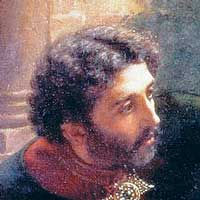
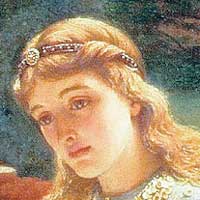
Abelard and Héloïse
c. 1115–38, France
A master at the cathedral school of Notre Dame, Abelard begins an affair with his student Héloïse, the niece of a powerful clergyman who pressures the two to marry in secret when Héloïse becomes pregnant. Fearing the publicity of the marriage, Abelard forces Héloïse into a convent; her uncle has Abelard castrated in retaliation.

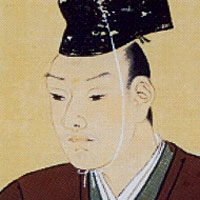
Kira Yoshinaka and Asano Naganori
1701, Edo
Yoshinaka, a senior shogunal master of ceremonies, is tasked with training Naganori, lord of Ako, in diplomatic etiquette before an important ceremony. Unimpressed with his student, Yoshinaka taunts Naganori, who eventually loses his temper and attacks the master. For the offense, Naganori is condemned by the shogun Tokugawa Tsunayoshi to commit seppuku.

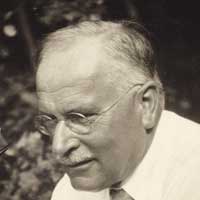
Sigmund Freud and Carl Jung
1905–13, Central Europe
An admiring Jung arranges to meet the esteemed psychologist Freud, twenty years his senior, and the two introduce Freud’s theories to American audiences on a tour of the United States. Freud calls Jung “my successor and crown prince” in a 1909 letter, but three years later Freud dismisses Jung’s theories as “unscientific.” The two never speak again.

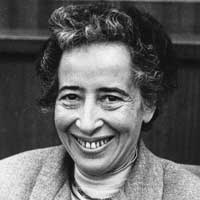
Martin Heidegger and Hannah Arendt
1925–52, Germany
As an eighteen-year-old university student, Arendt exchanges love poems and letters with Heidegger, her married professor. The correspondence continues sporadically until Heidegger joins the Nazi Party and Arendt leaves Germany as a Jewish refugee. In 1950, after seventeen years of silence, Heidegger writes to Arendt again, referring to her as his “most trusted one”; Arendt later remembers him as “a notorious liar.”